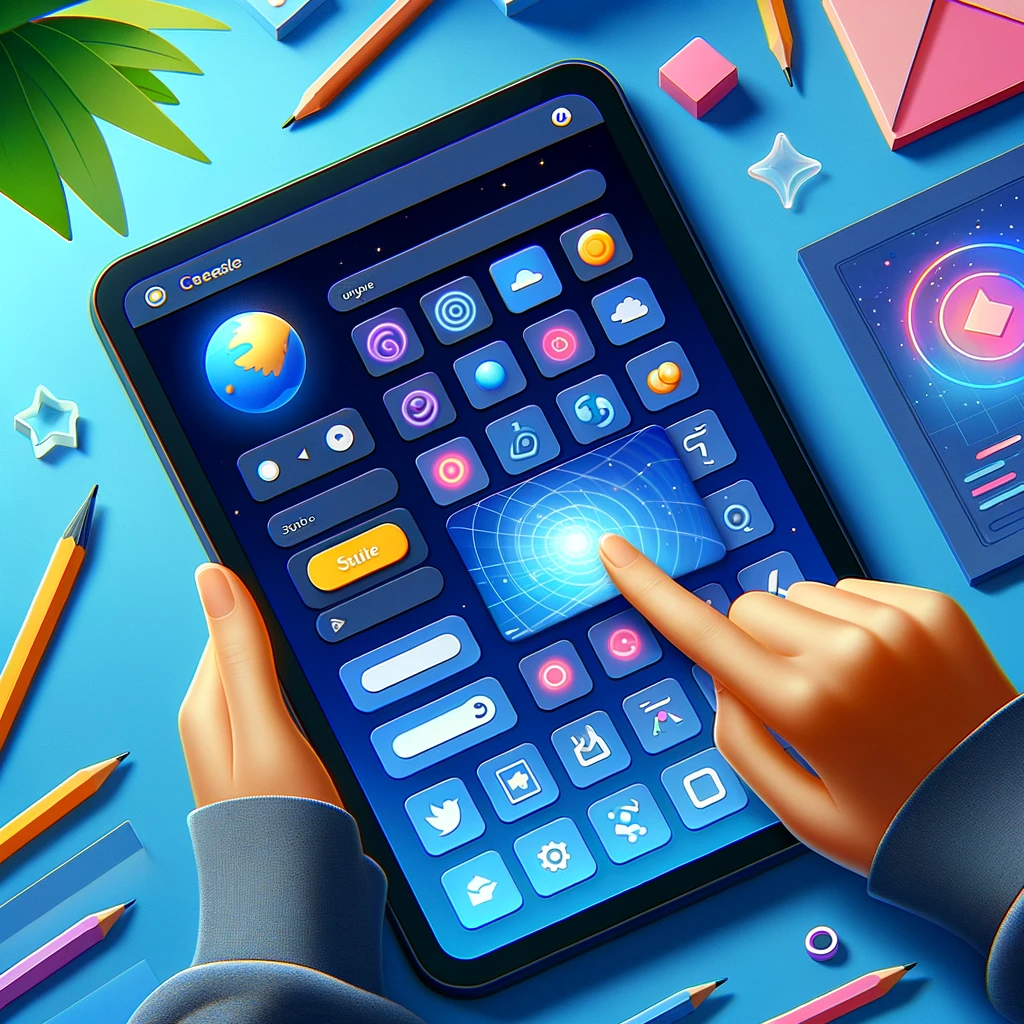Introduction
Animations bring life to your Flutter applications, making them more engaging and visually appealing. This guide covers the basics of creating animations in Flutter, including how to use built-in animation widgets and create custom animations.
Table of Contents
- Why Use Animations?
- Built-in Animation Widgets
- Creating Custom Animations
- Chaining Animations
- Best Practices
Why Use Animations?
Animations enhance user experience by providing visual feedback, guiding users through actions, and adding a touch of interactivity. Here are some common use cases:
- Button Presses: Indicate button interactions.
- Page Transitions: Smooth transitions between pages.
- Loading Indicators: Show progress during data loading.
Built-in Animation Widgets
Flutter provides several built-in widgets to simplify animations:
- AnimatedContainer:
- Animates changes to its properties like color, alignment, padding, etc.
AnimatedContainer( duration: Duration(seconds: 1), color: Colors.blue, child: Text('Hello, Flutter!'), ); - AnimatedOpacity:
- Animates the opacity of a widget.
AnimatedOpacity( duration: Duration(seconds: 1), opacity: 0.5, child: Text('Fading Text'), ); - AnimatedPositioned:
- Animates the position of a widget within a stack.
AnimatedPositioned( duration: Duration(seconds: 1), top: 50, left: 50, child: Container(color: Colors.red, width: 100, height: 100), );
Check out our Flutter Widgets Guide for more details on built-in animation widgets.
Creating Custom Animations
To create custom animations, you can use the AnimationController and Tween classes:
- Define the AnimationController:dartCopy code
class MyAnimation extends StatefulWidget { @override _MyAnimationState createState() => _MyAnimationState(); } class _MyAnimationState extends State<MyAnimation> with SingleTickerProviderStateMixin { AnimationController _controller; @override void initState() { _controller = AnimationController( duration: Duration(seconds: 2), vsync: this, )..repeat(); super.initState(); } @override void dispose() { _controller.dispose(); super.dispose(); } @override Widget build(BuildContext context) { return Container(); } } - Create a Tween Animation:dartCopy code
Tween<double>(begin: 0, end: 1).animate(_controller); - Use the Animation in a Widget:dartCopy code
AnimatedBuilder( animation: _controller, builder: (context, child) { return Transform.scale( scale: _controller.value, child: child, ); }, child: Container(color: Colors.blue, width: 100, height: 100), );
Chaining Animations
Flutter allows you to chain animations for more complex sequences:
- Sequence Animation:dartCopy code
AnimationController _controller; Animation<Offset> _offsetAnimation; @override void initState() { _controller = AnimationController( duration: const Duration(seconds: 2), vsync: this, ); _offsetAnimation = Tween<Offset>( begin: Offset.zero, end: Offset(1.5, 0.0), ).animate(CurvedAnimation( parent: _controller, curve: Curves.elasticIn, )); _controller.forward(); super.initState(); } @override Widget build(BuildContext context) { return SlideTransition( position: _offsetAnimation, child: const Padding( padding: EdgeInsets.all(8.0), child: Text('Slide Transition'), ), ); }
Best Practices
- Use Built-in Widgets When Possible:
- Simplifies code and improves performance.
- Keep Animations Smooth:
- Ensure that animations run at 60 frames per second.
- Avoid Overusing Animations:
- Use animations to enhance UX, not to overwhelm it.
Conclusion
Animations in Flutter are a powerful way to improve the user experience. By leveraging built-in widgets and creating custom animations, you can make your applications more interactive and engaging.
